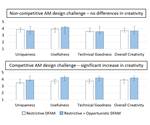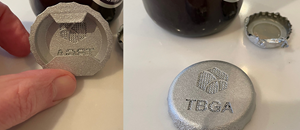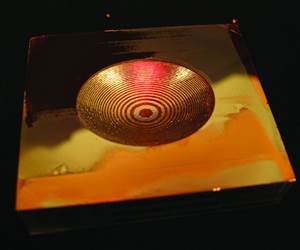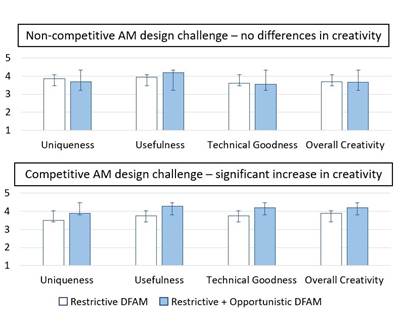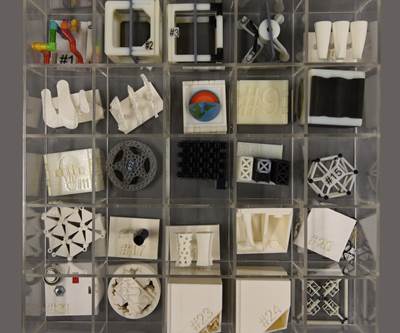How a Worksheet Can Elevate AM Success
How a simple worksheet can help improve success with additive manufacturing.
The past couple of months, I have been discussing the challenges of teaching people to leverage the design and material freedoms associated with additive manufacturing (AM) to develop new and creative solutions as well as innovative business models that disrupt current products and practices. In order to achieve the full power of AM, it requires understanding both the opportunistic and restrictive aspects of each technology. The distinction between designing for the opportunistic aspects of AM versus the restrictive aspects of AM was first introduced to the literature by a team of doctoral students and faculty working at the Ecole Nationale Supérieure d'Arts et Métiers (ENSAM) in Paris, France, and I want to expand on both aspects a bit more this month.
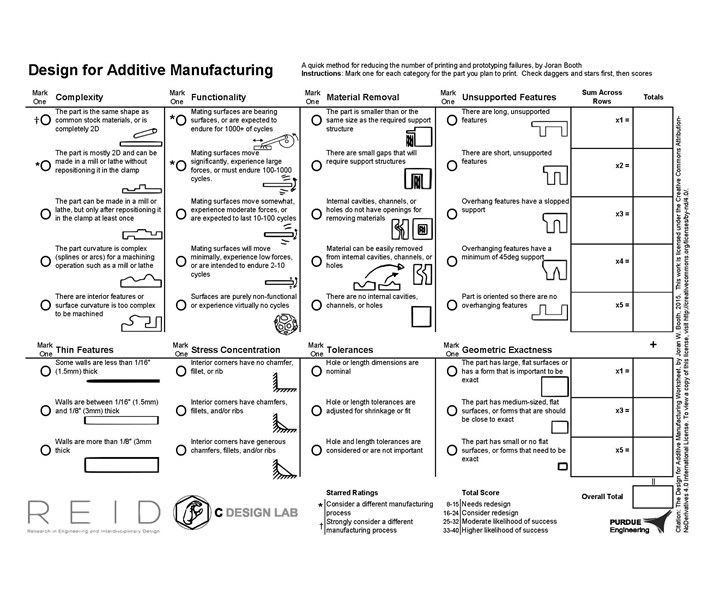
The Design for Additive Manufacturing (DFAM) Worksheet developed by Dr. Joran Booth as part of his graduate studies at Purdue University significantly reduced the number of build failures when given to students. Source.
The opportunistic aspects are what drive the hype. These include all of the things that you can do with — or are made possible by — AM that you cannot easily do with a traditional manufacturing process. For instance, the ability to create lightweight structures that mimic nature, the ability to consolidate multiple parts in an assembly into a single 3D printed component, or the ability to mass customize or functionally grade a component for different users and/or uses. The Design Heuristics for AM cards that I highlighted last month is one embodiment of the opportunistic aspects of AM, and using these cards has been shown to improve the creative solutions generated by novices when used in the early stages of design.
On the flip side, the restrictive aspects represent the realities of the technology. These include the limitations that are inherent in the layer-by-layer fabrication of 3D solid object such as overhang angles that may need support structures, thin walls that may distort or fail to build properly, and residual stresses that may lead to warping as the material heats up and cools down. The full list of restrictive aspects — and corresponding failure modes — can be pretty overwhelming, and it is important to carefully balance the restrictive and opportunistic aspects to give anyone a realistic preview of what AM can (or cannot) achieve. The AM Design Principles cards that I referenced last month include some of the restrictive aspects of AM alongside the opportunistic aspects; however, the cards have only been shown to improve the novelty and quality of ideas generated by novices. The feasibility of those designs to be printed was not considered as part of their initial study.
Enter the Design for AM (DFAM) Worksheet by Joran Booth as part of his doctoral studies at Purdue University with Dr. Tahira Reid and Professor Karthik Ramani. Available free under the Creative Commons license, the DFAM Worksheet provides a quick checklist to determine whether a part is suitable for AM. Eight criteria are included, most of which focus on the restrictive aspects of AM. For instance, guidelines for thin features, unsupported features and stress concentrations are provided along with considerations for tolerances and geometric exactness. The simple spreadsheet format makes it easy to use to filter out bad designs, and the team observed an 81% decrease in the rate of poorly designed parts printed by students in their makerspace.
While the worksheet was developed for material extrusion AM systems, the eight criteria can be easily tailored to other AM processes. For instance, we have developed a customized version of the worksheet to help companies screen metal parts for powder bed fusion processes. This is done by adapting the ratings in each column to the specific AM system in use. Alternatively, new criteria can be substituted (or added) to the worksheet if it is an important consideration for an AM process (e.g., extent of post-processing needs, ability to inspect a metal AM part).
I have also used the DFAM Worksheet during brainstorming sessions to help identify parts that are not good for AM. The worksheet recommends that a low-scoring part be redesigned for AM. In other words, the part is not a good candidate in its current instantiation for AM. In fact, there are several starred ratings in the worksheet that are immediate triggers to consider a different manufacturing process. For metal AM parts, a flight critical component might trigger such a review if “Part Criticality” were added as a criterion to the spreadsheet. I have seen this criterion appear as an important screening factor in many AM part identification methods and qualification/certification documents, and while it should not eliminate the part from consideration, it is an easy way to flag it for further review.
While textbooks and guidance documents are still important, the success of DFAM worksheets and custom DFAM cards should challenge us to think more creatively about how we capture and convey the opportunities — and restrictions — of the different AM processes. In other words, we need innovative methods to capture and transfer knowledge about AM in order to be more creative with AM.
Related Content
AM 101: What Is Binder Jetting? (Includes Video)
Binder jetting requires no support structures, is accurate and repeatable, and is said to eliminate dimensional distortion problems common in some high-heat 3D technologies. Here is a look at how binder jetting works and its benefits for additive manufacturing.
Read MoreA Framework for Qualifying Additively Manufactured Parts
A framework developed by The Barnes Global Advisors illustrates considerations and steps for qualifying additively manufactured parts, using an example familiar to those in AM: the 3D printed bottle opener.
Read MorePostprocessing Steps and Costs for Metal 3D Printing
When your metal part is done 3D printing, you just pull it out of the machine and start using it, right? Not exactly.
Read MoreAM 101: What is Ultrasonic Additive Manufacturing?
Going from additive to subtractive can be simple with Ultrasonic Additive Manufacturing (UAM). What is it and how does it work? Learn the basics in this 101 post.
Read MoreRead Next
Students Develop Design for Additive Manufacturing (DFAM) Worksheet for 3D Printing Success
A team of researchers at Purdue University developed and tested a DFAM worksheet to help novice and intermediate 3D printing users increase build success and minimize reprints.
Read MoreThe Challenges of Teaching Creativity in Additive Manufacturing
The extensive design freedoms offered in additive manufacturing can be paralyzing. With AM consistently pushing the boundaries of manufacturing, how do we teach people to take risks and be creative with AM?
Read MoreCard Decks Leverage Additive Creativity
How custom card decks are helping people be more creative with AM.
Read More


